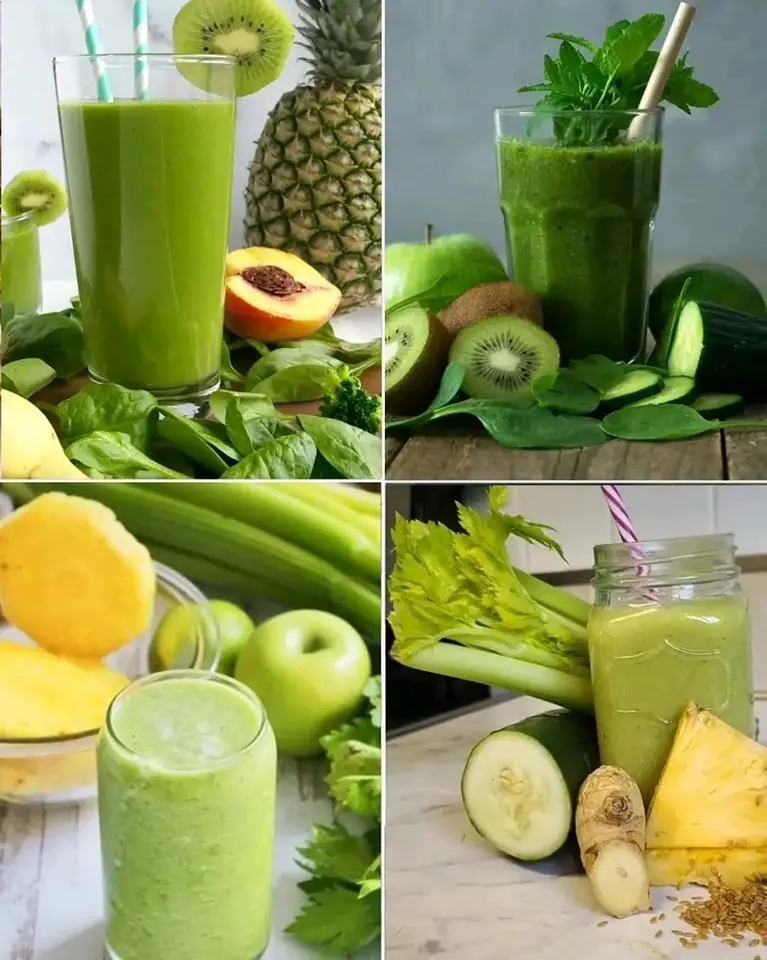
How to Grow Potatoes in Containers
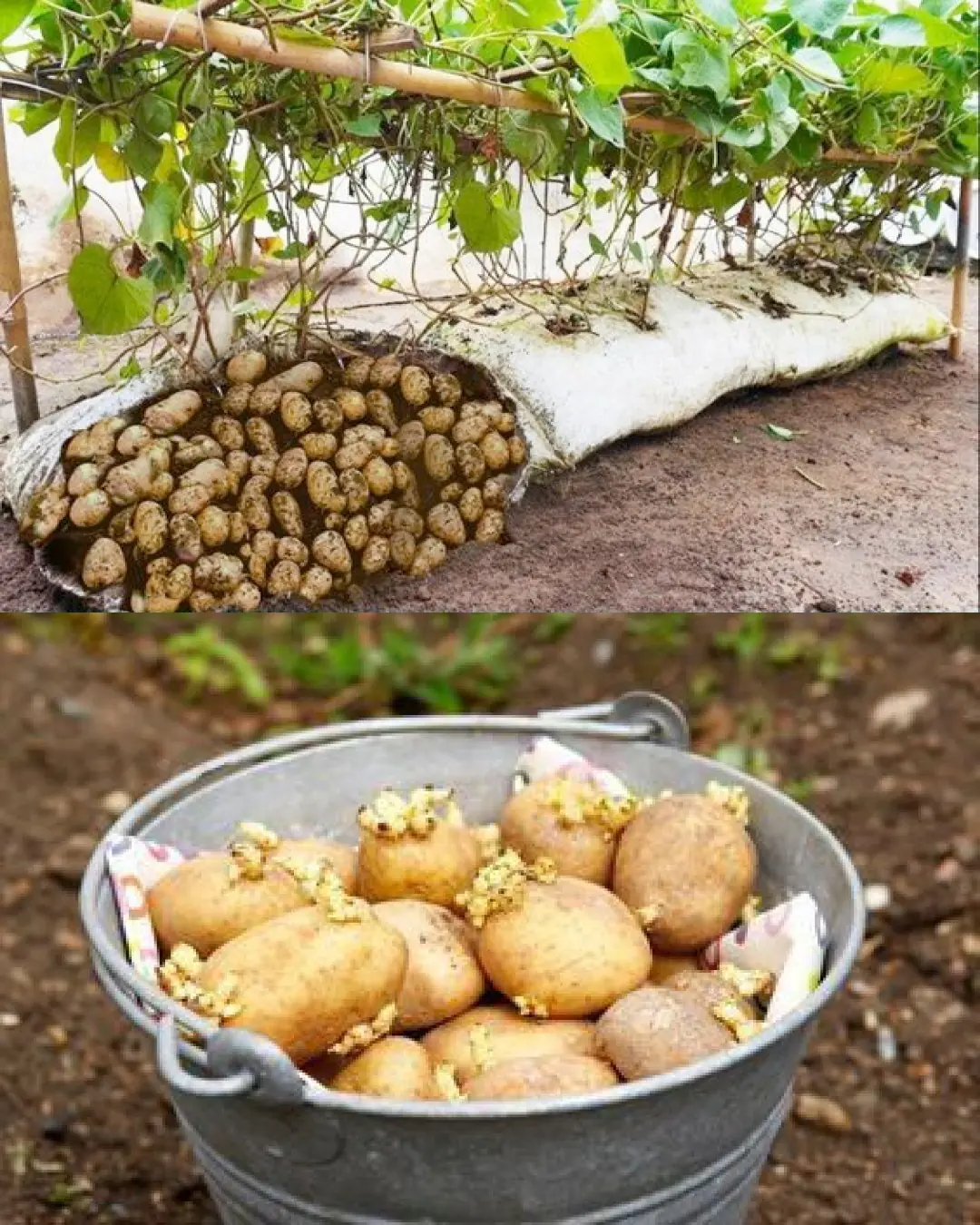
Potatoes are a versatile and rewarding crop that can be grown easily even in small spaces. If you don’t have a traditional garden or want to try container gardening, growing potatoes in containers is a fantastic option. Container potato gardening allows you to cultivate fresh, homegrown potatoes on patios, balconies, or any small outdoor area.
In this guide, you will learn everything you need to know to successfully grow potatoes in containers—from selecting the right container and soil to harvesting your tubers.
Why Grow Potatoes in Containers?
-
Space-saving: Ideal for small yards, balconies, or urban environments with limited space.
-
Mobility: Containers can be moved to catch sunlight or protect plants from harsh weather.
-
Soil control: You can provide the perfect soil mix for potatoes, reducing the risk of disease.
-
Ease of maintenance: Containers keep weeds and pests at bay and simplify watering and feeding.
What You’ll Need
-
A large container (bucket, grow bag, or plastic tub) with good drainage holes
-
Certified seed potatoes (avoid grocery store potatoes treated with sprout inhibitors)
-
Quality potting soil or a mix of garden soil and compost
-
Fertilizer (balanced NPK or organic options)
-
Water source
-
Mulch (optional)
Step-by-Step Instructions
Step 1: Choose the Right Container
Select a container that is at least 12-16 inches deep and wide enough to accommodate potato growth. Grow bags specifically made for potatoes work well because they allow air pruning of roots and better drainage. Make sure your container has sufficient drainage holes to prevent waterlogging.
Step 2: Prepare the Seed Potatoes
Seed potatoes are small potatoes or potato pieces with at least one or two “eyes” or sprouts. If your seed potatoes are large, cut them into pieces, ensuring each piece has an eye. Let the cut pieces dry for 1-2 days to form a callus over the cut surface, reducing the risk of rot.
Step 3: Add Soil and Planting
Fill the container with about 4-6 inches of loose, well-draining soil. Place the seed potatoes on the soil with the eyes facing upward. Cover the potatoes with 3-4 inches of soil.
Step 4: Water and Care
Water the soil gently but thoroughly after planting. Keep the soil consistently moist but not soggy. Potatoes need regular watering, especially during flowering and tuber formation.
Step 5: Hilling
As the potato plants grow and their stems reach about 6-8 inches, add more soil or compost around the base of the plant to cover the stems. This process, called “hilling,” encourages more tuber production and prevents greening of the potatoes.
Repeat hilling every few weeks until the container is nearly full.
Step 6: Fertilizing
Use a balanced fertilizer or organic alternatives like compost tea or fish emulsion every 2-3 weeks to provide nutrients for healthy growth.
Step 7: Sunlight and Temperature
Place the container in a location that receives at least 6-8 hours of sunlight daily. Potatoes grow best in temperatures between 60°F and 70°F (15°C - 21°C).
Step 8: Harvesting Your Potatoes
New potatoes can be harvested about 10 weeks after planting, once the plants flower. For mature potatoes, wait until the foliage dies back completely—usually 15-20 weeks after planting.
To harvest, gently dig through the soil in the container to collect your tubers.
Step 9: Storage
Allow freshly harvested potatoes to dry in a cool, dark, and well-ventilated place for a few days to cure the skins. Store them in a cool, dark, and dry area to prolong shelf life.
Tips for Success
-
Avoid overwatering to prevent rot. The soil should be moist but not waterlogged.
-
Rotate your container crops yearly to prevent soil diseases.
-
Keep an eye out for pests like potato beetles and aphids, and use organic control methods if needed.
-
Use straw or mulch on top of the soil to retain moisture and regulate temperature.
Growing potatoes in containers is an enjoyable and rewarding gardening project that provides delicious, fresh potatoes with minimal space and effort. Whether you’re a beginner or an experienced gardener, container potatoes bring a taste of the garden right to your doorstep.
Start your container potato garden today and enjoy the fruits (or tubers!) of your labor!
News in the same category


The husband slapped his wife in front of his friends to show off — but her act of revenge left everyone shocked and speechless
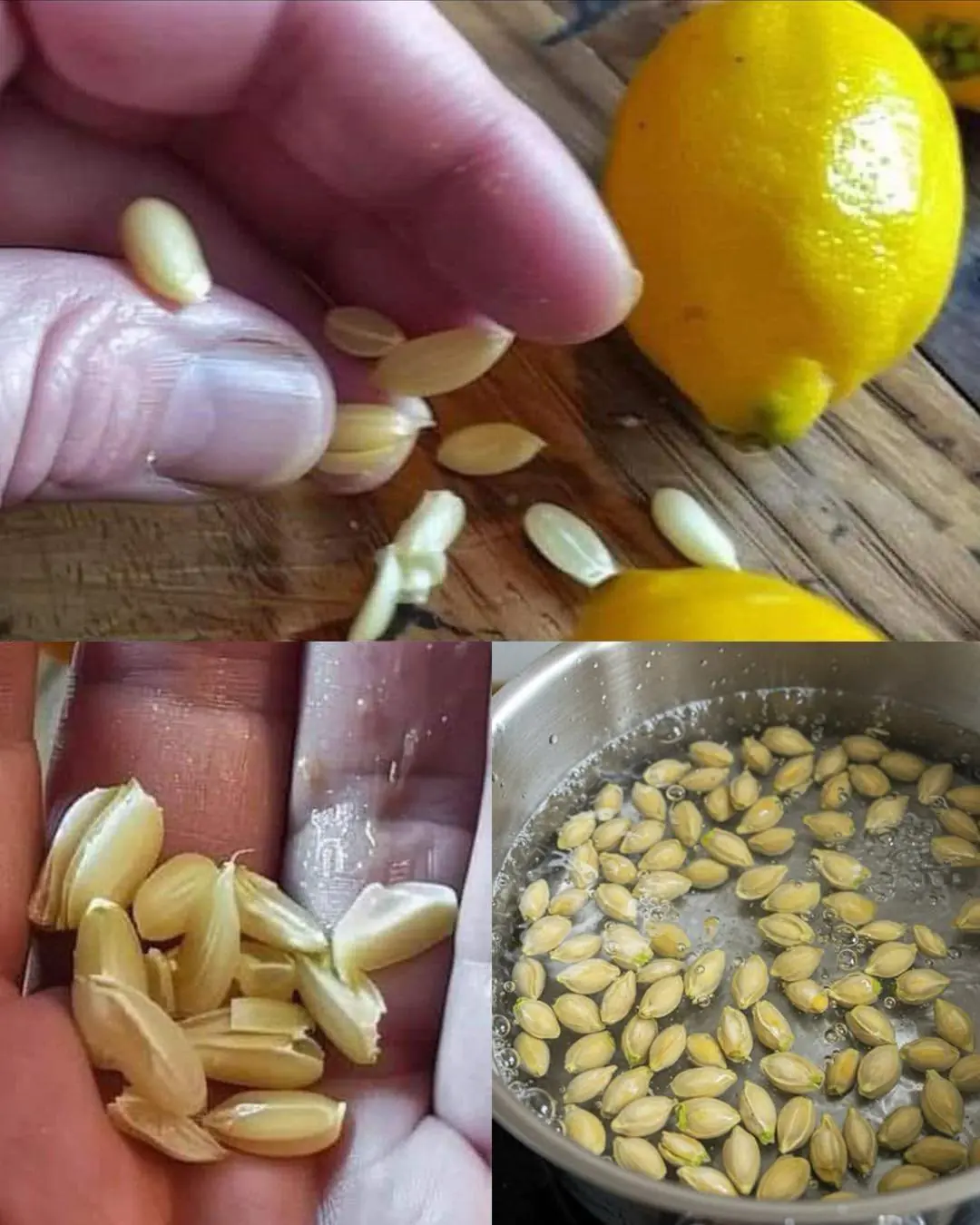
10 Clever Ways to Reuse Lemon Seeds at Home
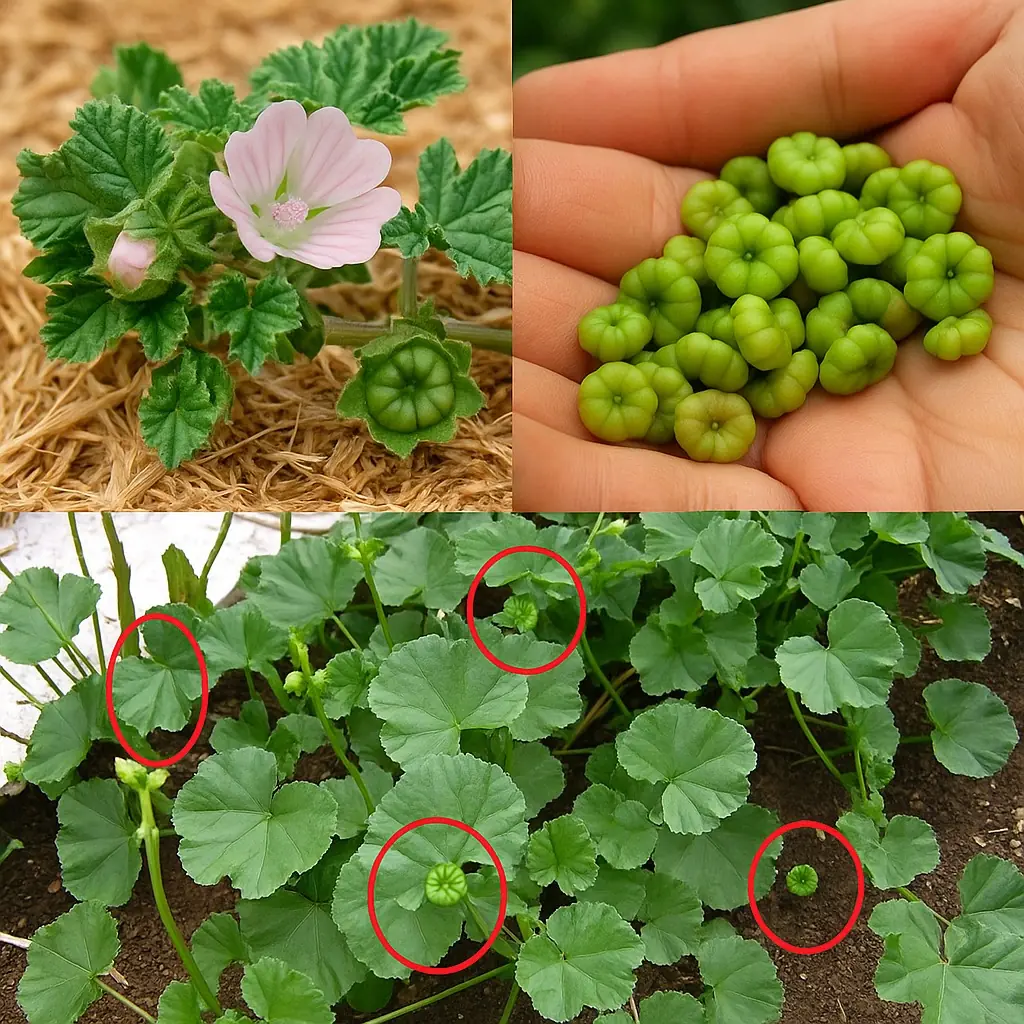
Unlocking the Secret Health Benefits of Common Mallow: Nature’s Wonder Herb for Wellness
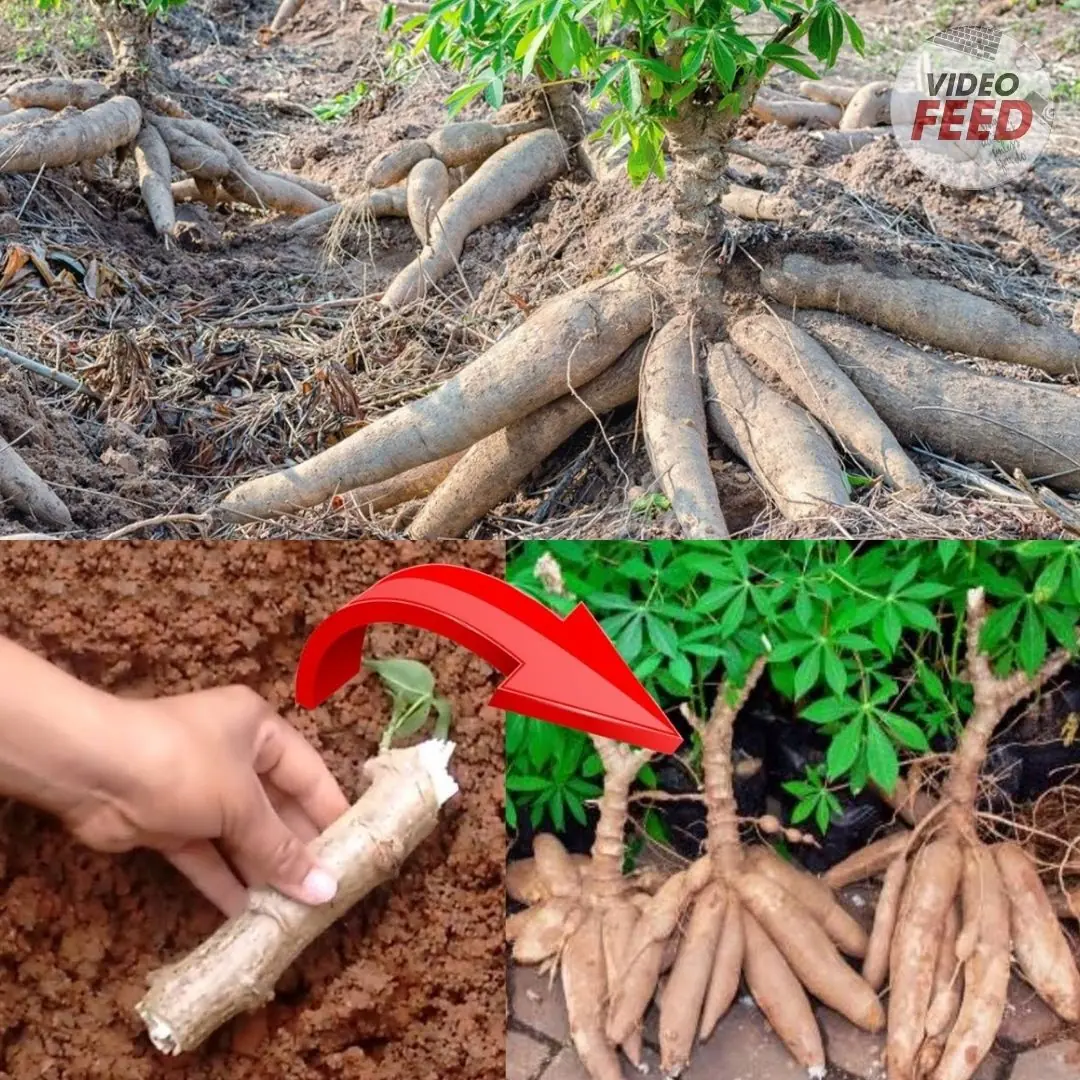
Essential Knowledge for Growing Cassava Successfully
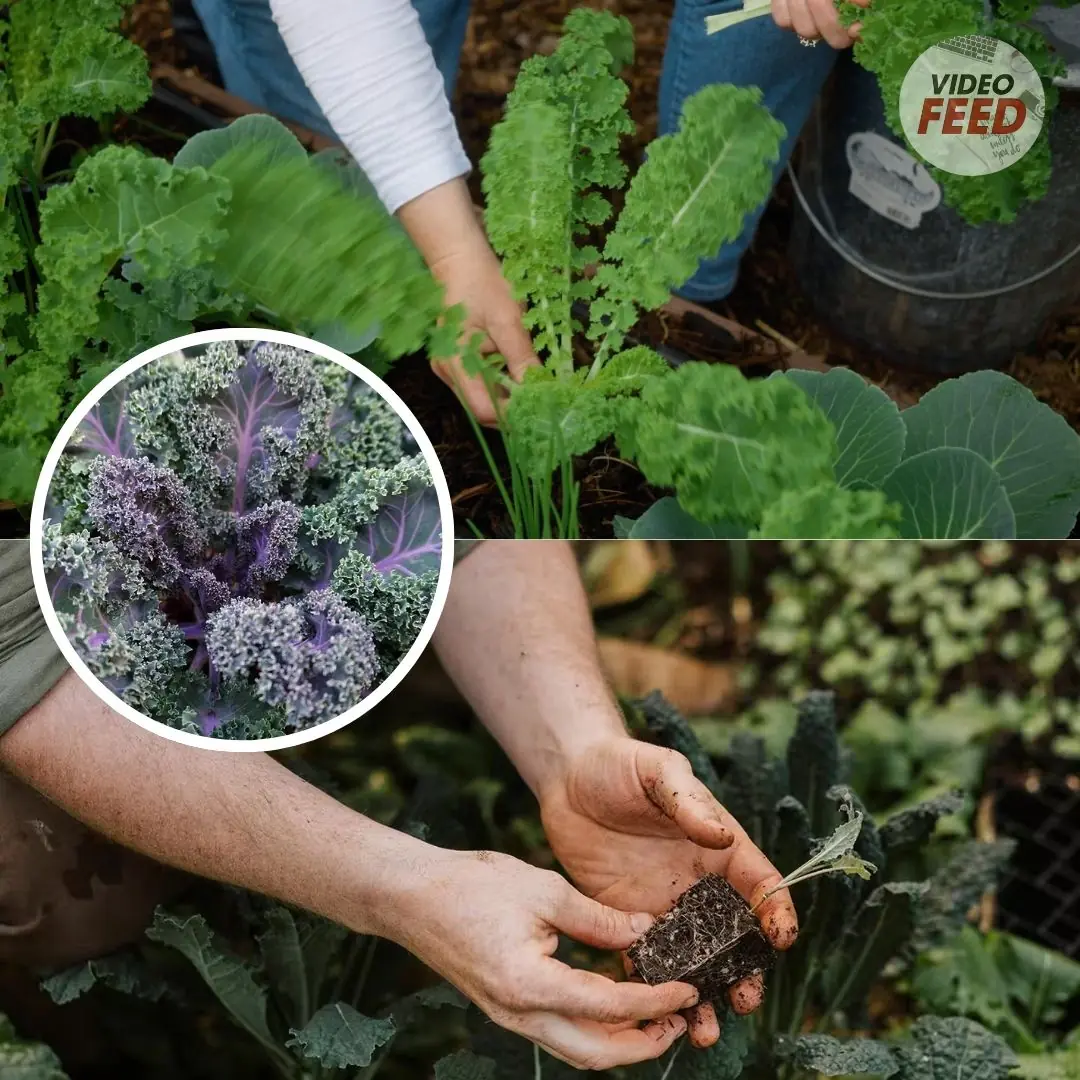
Growing Kale: Planting, Care, and Harvesting Tips
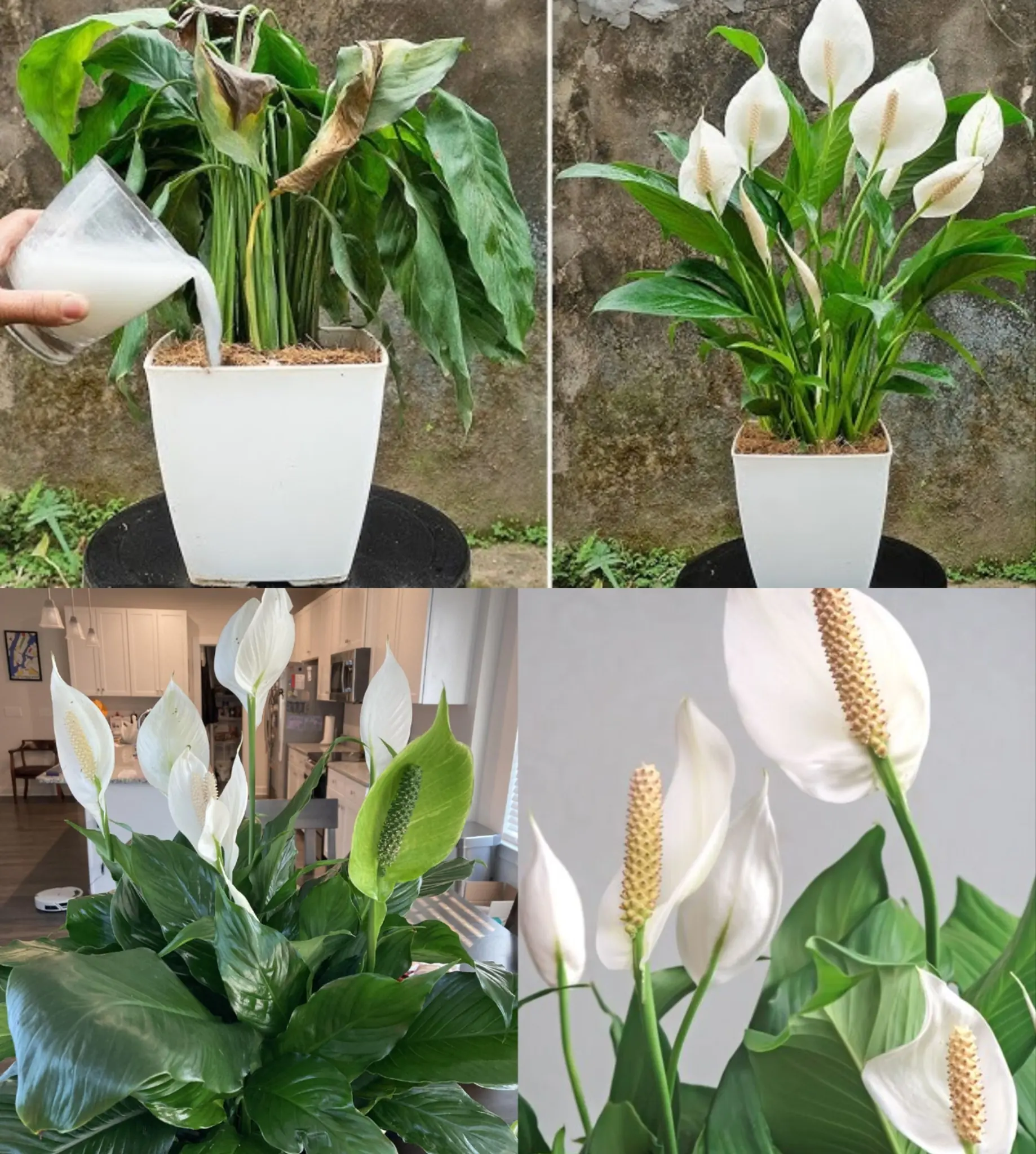
Just 1 Cup Makes Peace Lilies Bloom with So Many Flowers
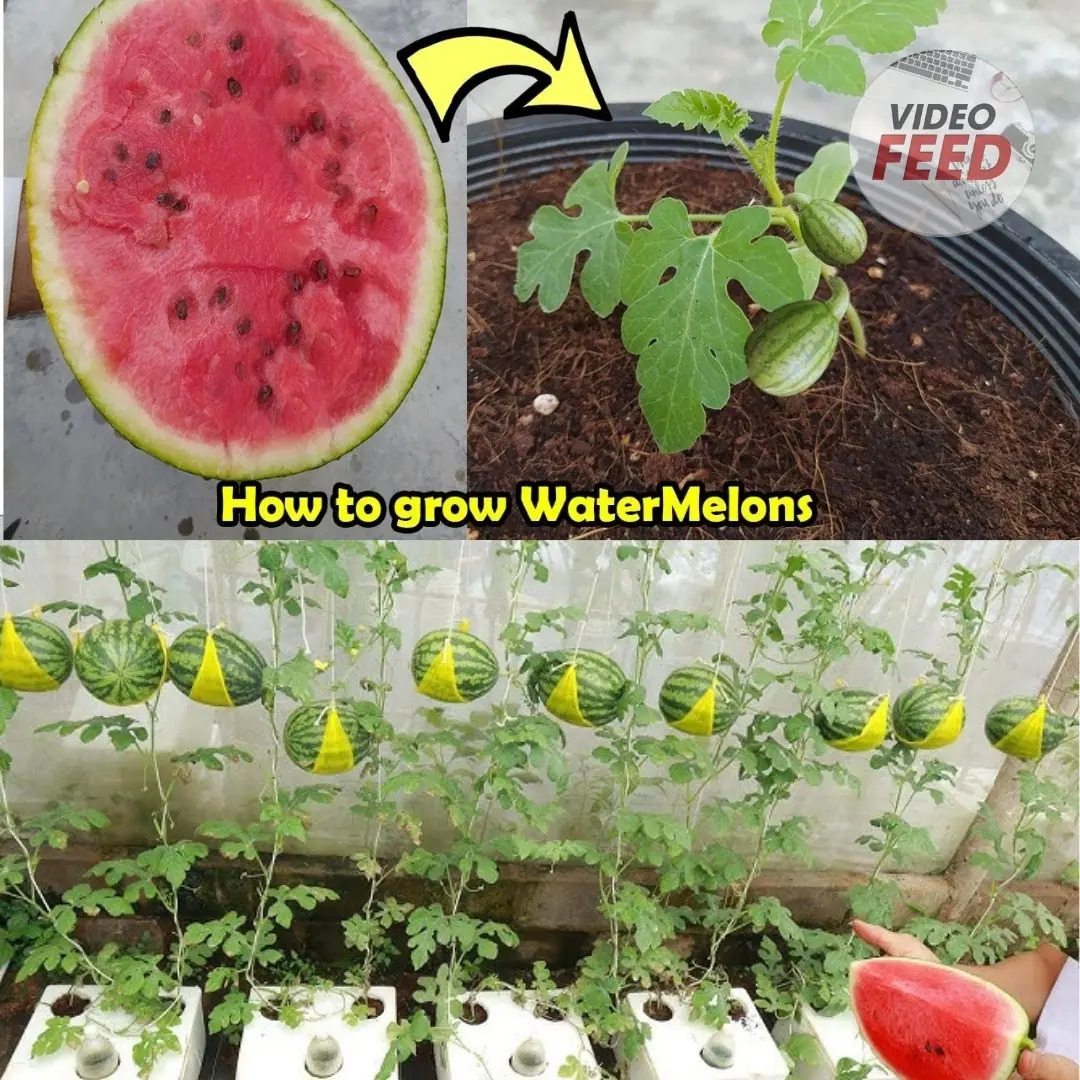
How to Grow Watermelons at Home: A Guide for Small Spaces & Balconies
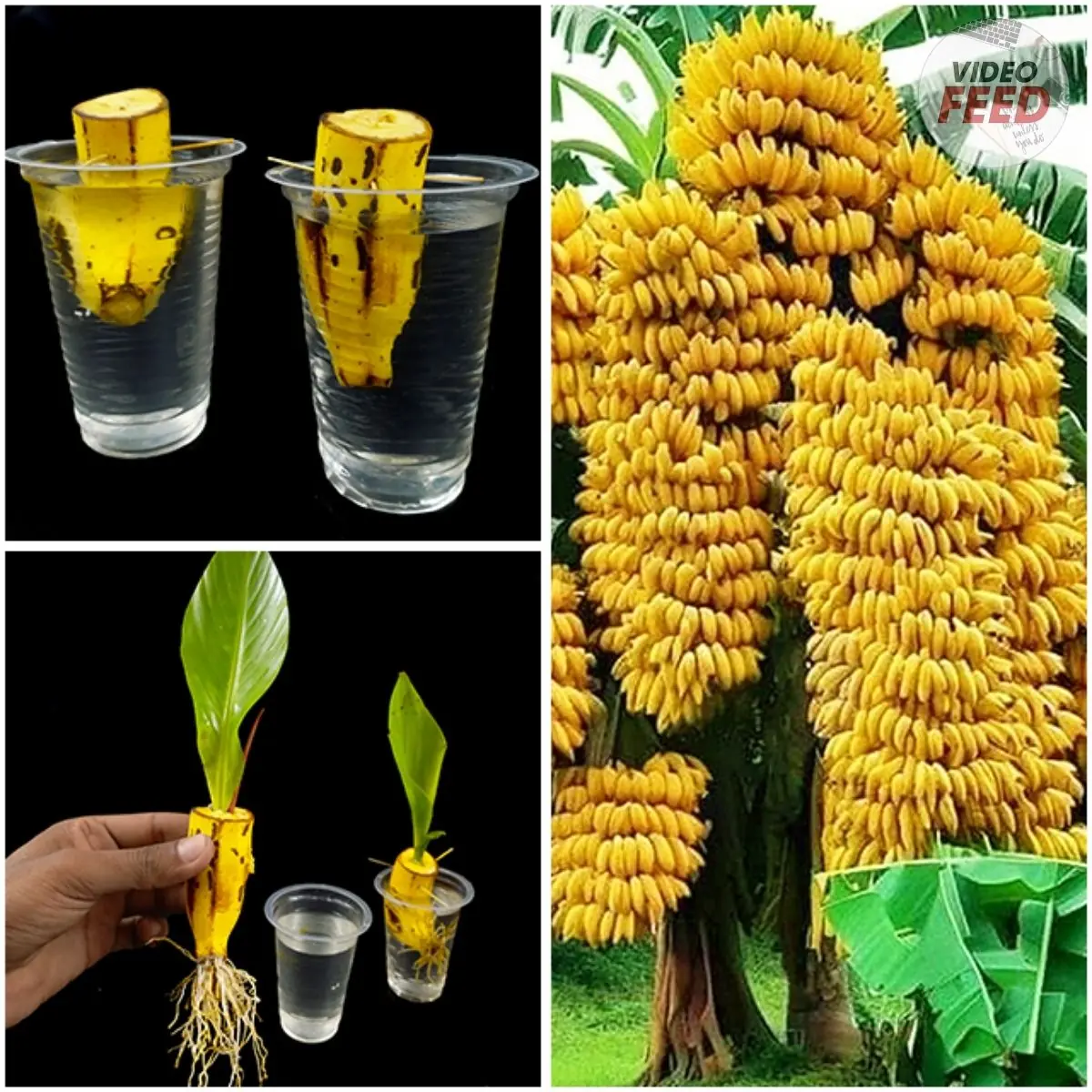
How to Grow a Banana Tree at Home and Never Buy Bananas Again
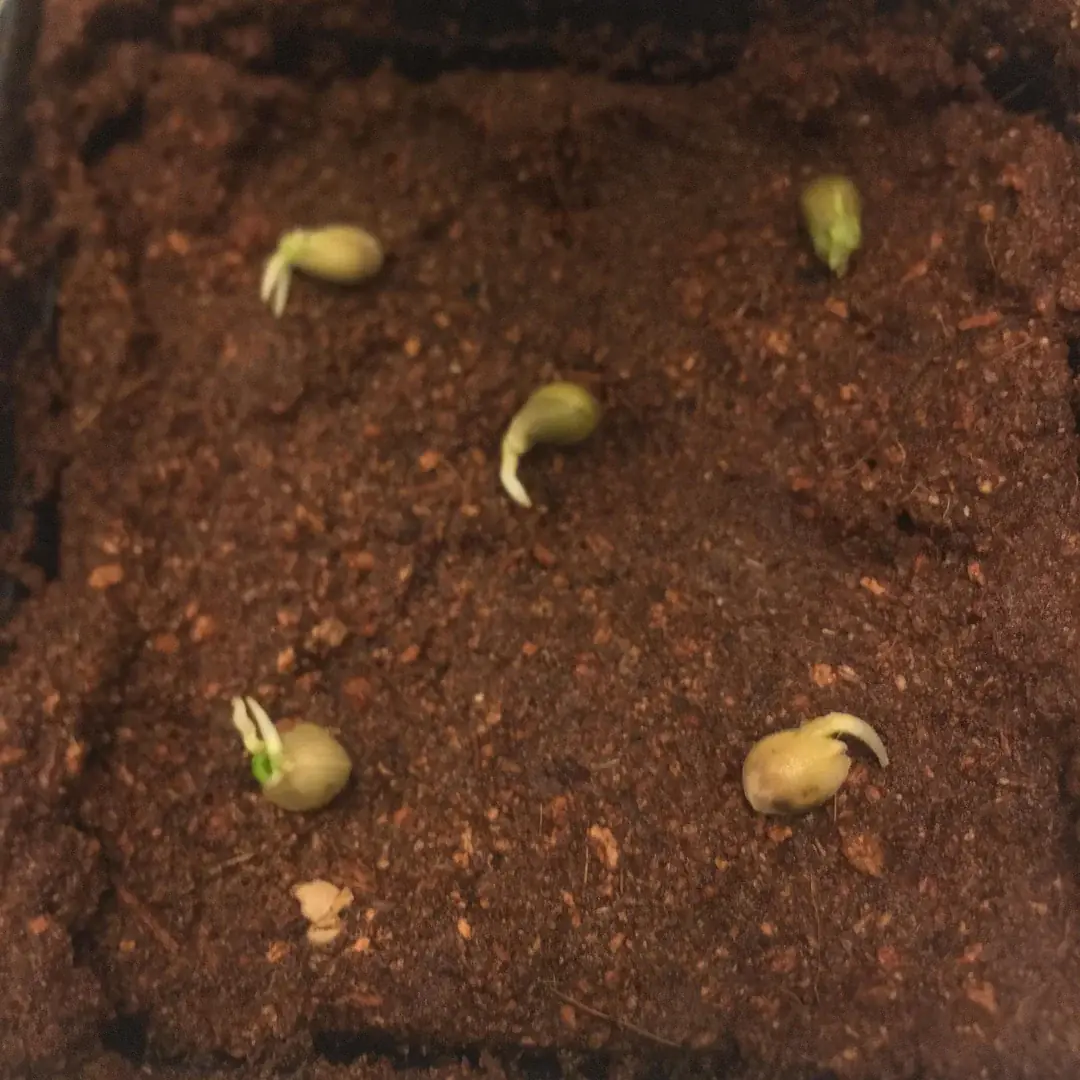
Here’s How to Grow Calamansi at Home — No Farm Needed
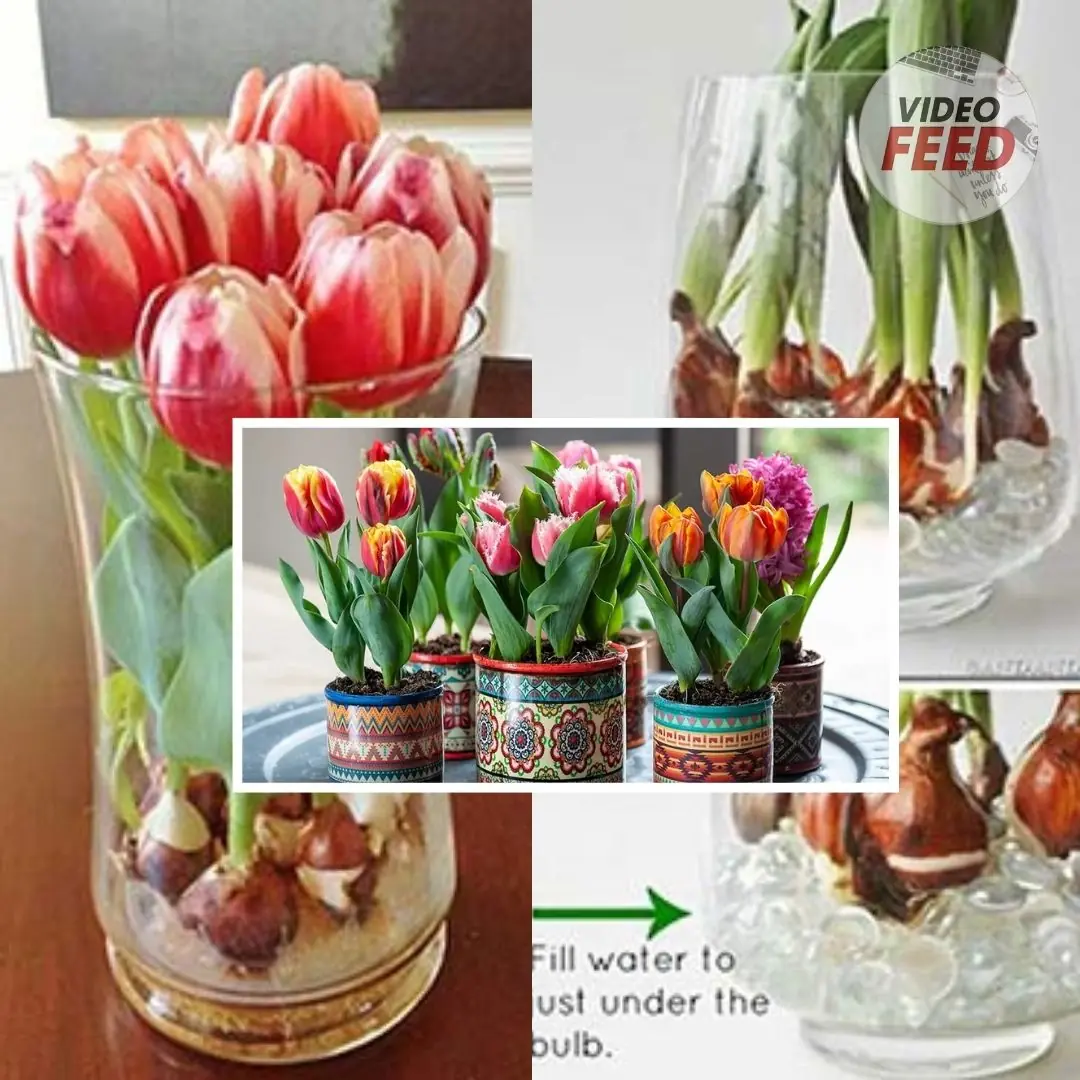
How to grow tulips indoors – a step-by-step guide to forcing these beautiful bulbs
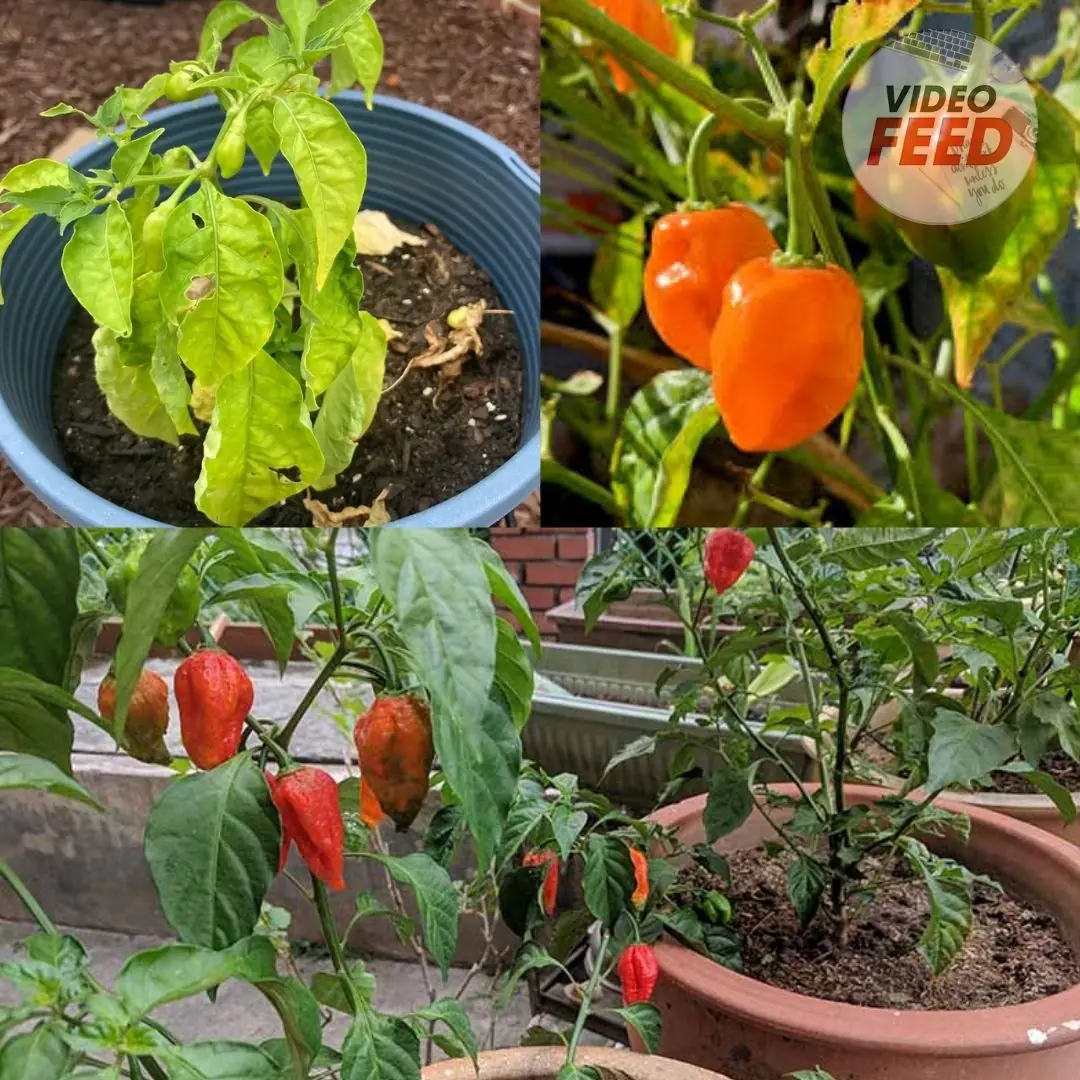
How to Grow Habanero Peppers in Pots
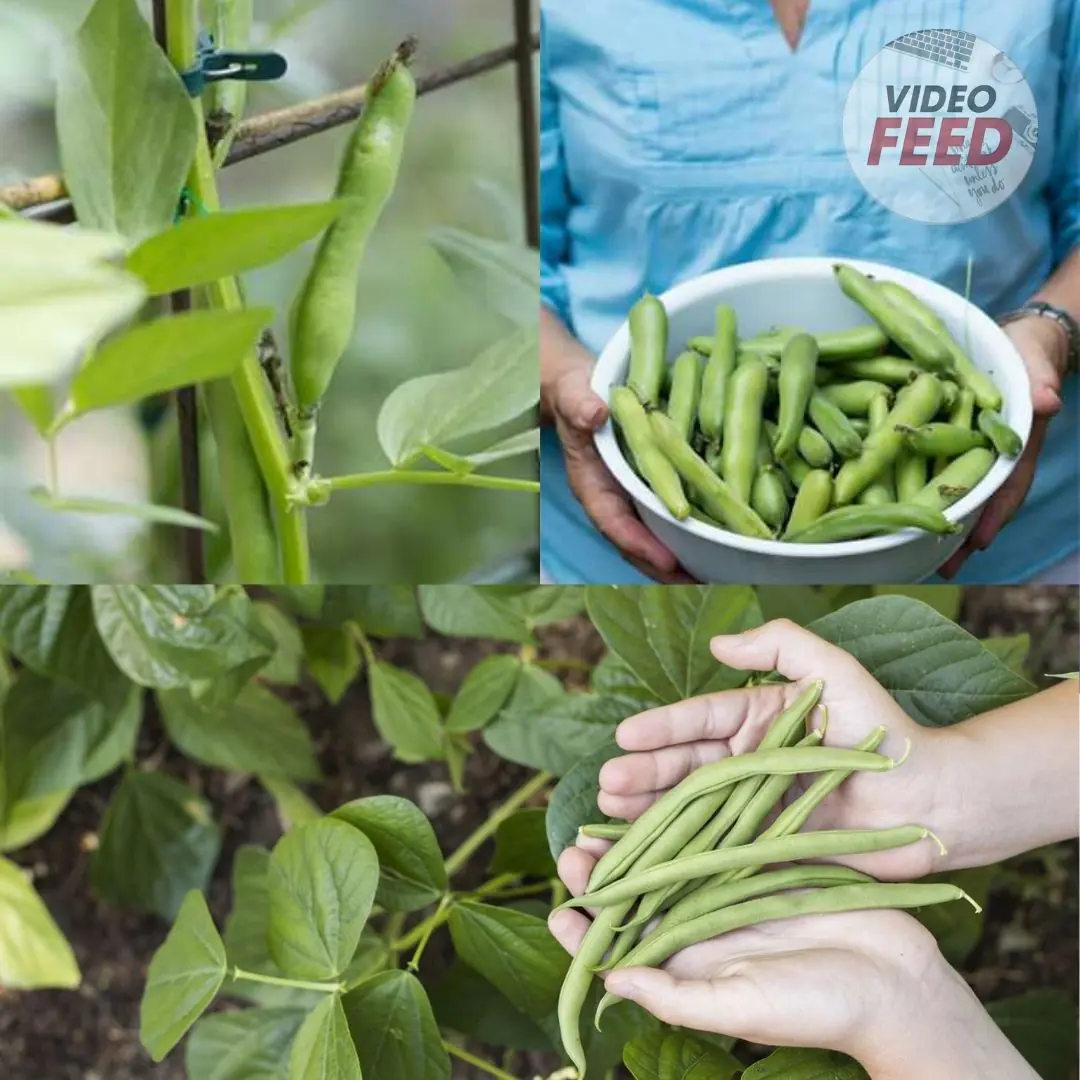
Grow These 5 Garden Beans This Summer
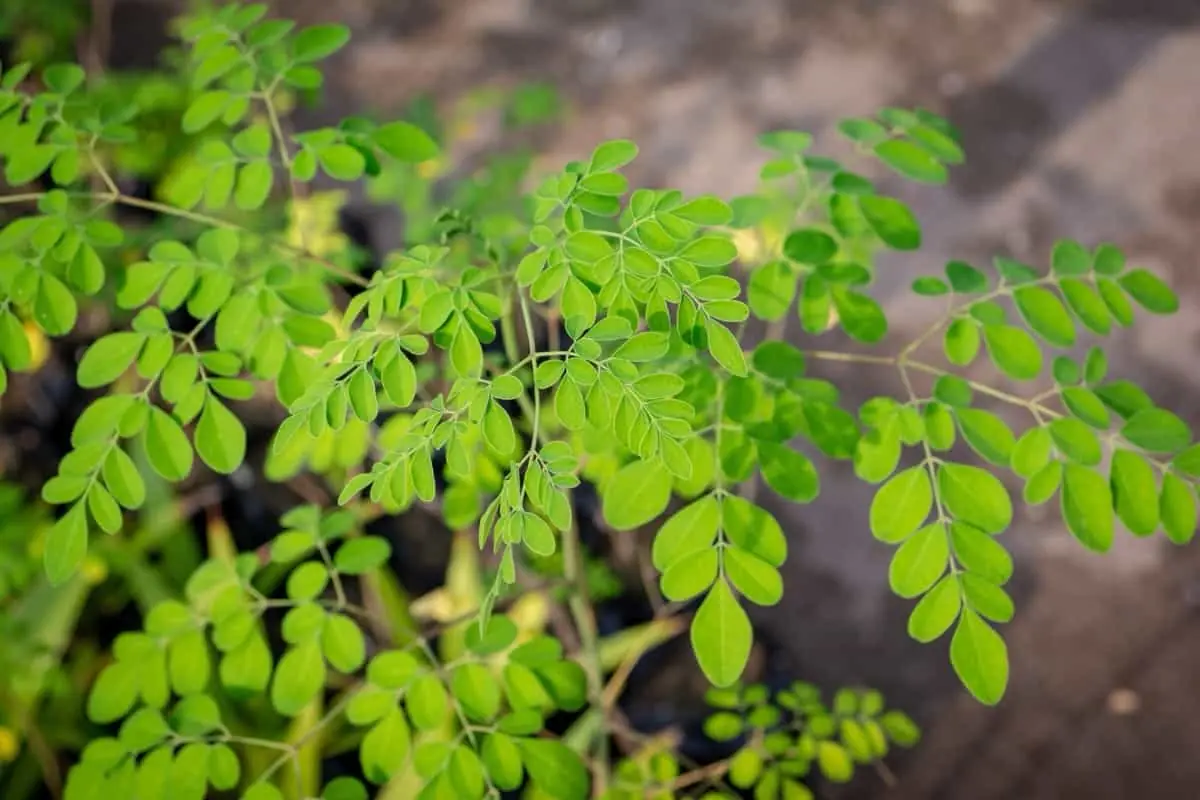
Why Asians Are Rushing to Grow This “Miracle Tree”: Heals Like Medicine, Sells Like Gold
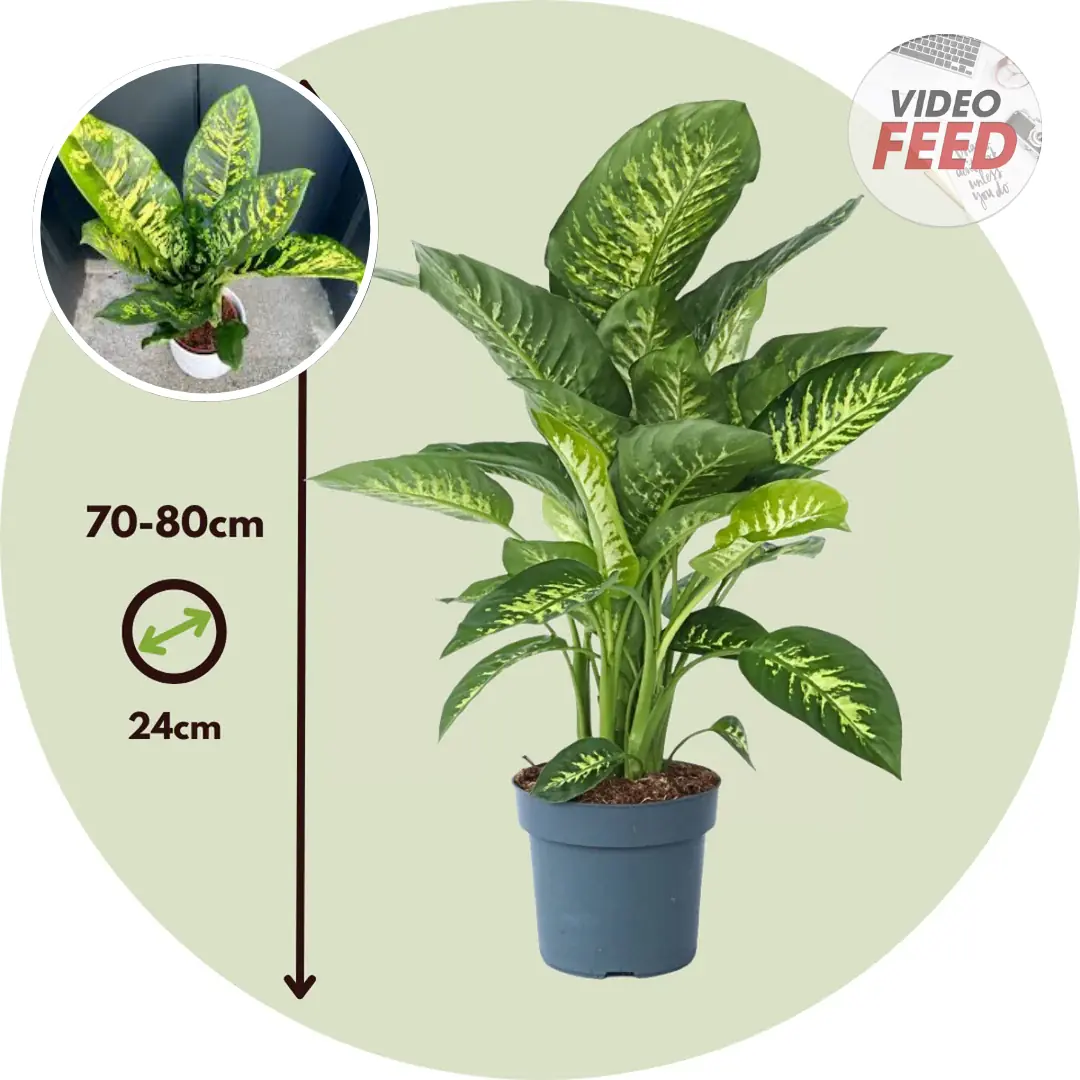
How to Grow and Care for Dieffenbachia
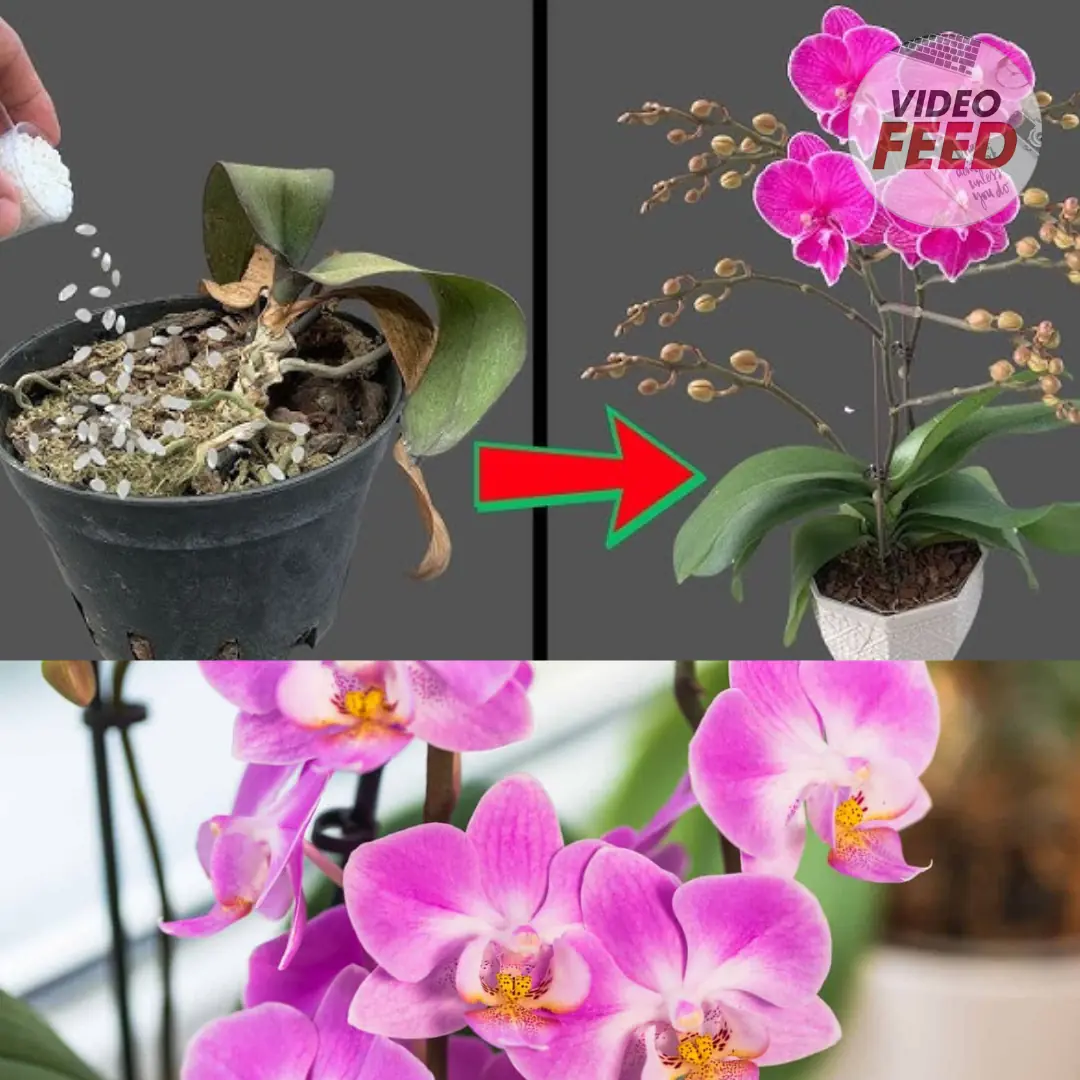
How to Grow and Care for Phalaenopsis Orchids Indoors
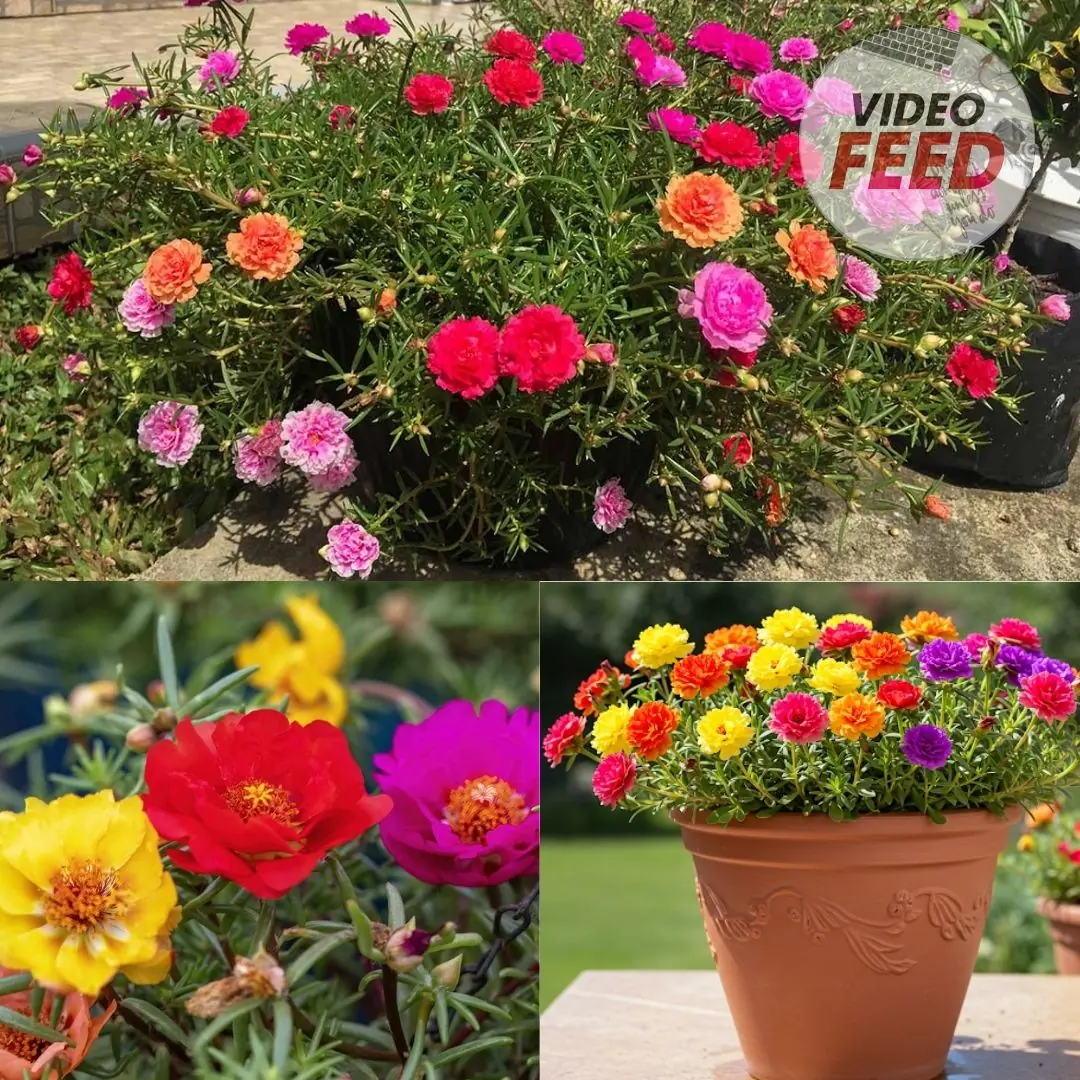
Portulaca in Pots: The Complete Guide to Growing Colorful & Drought-Tolerant Flowers Outdoors
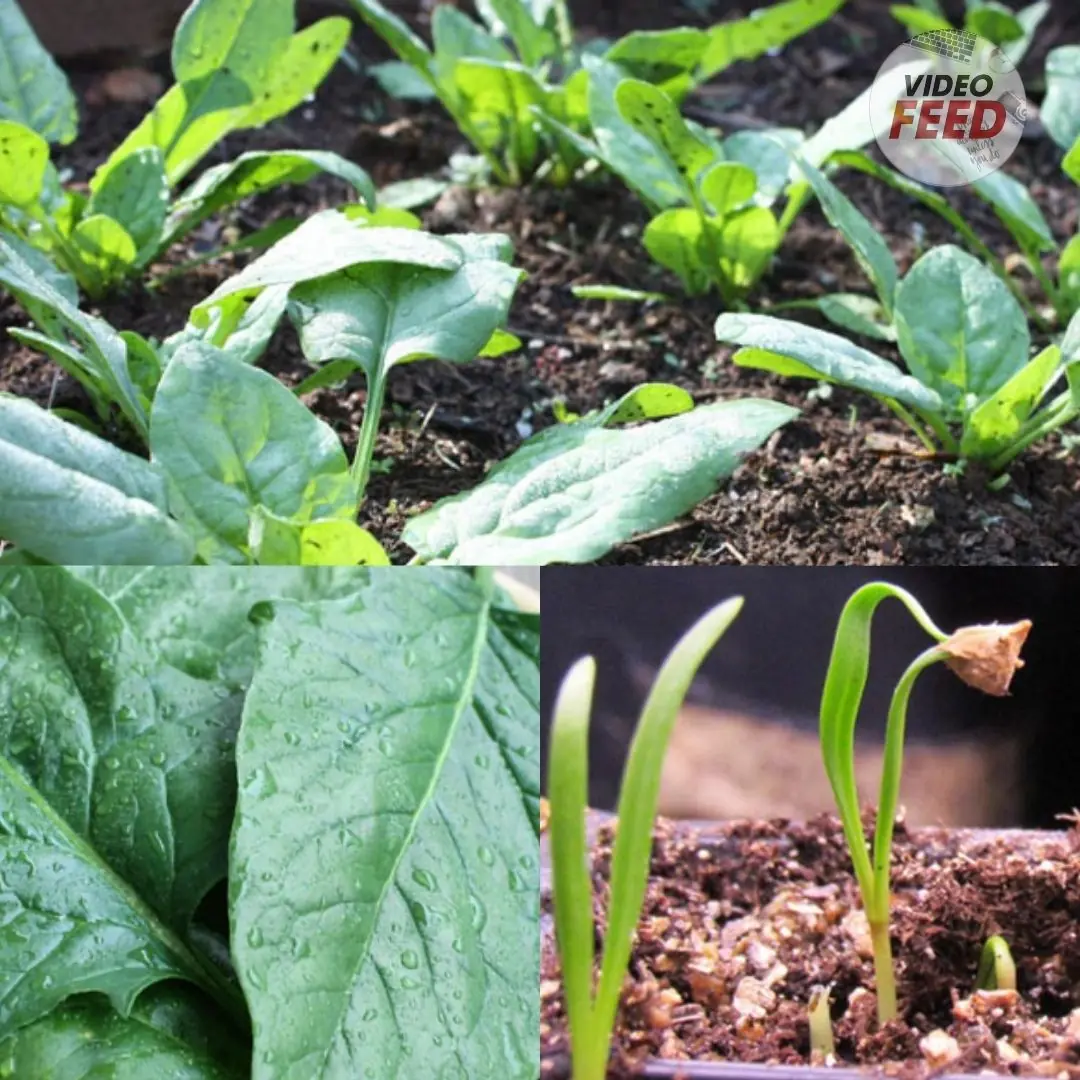
10 Tips for Growing Superb Spring Spinach
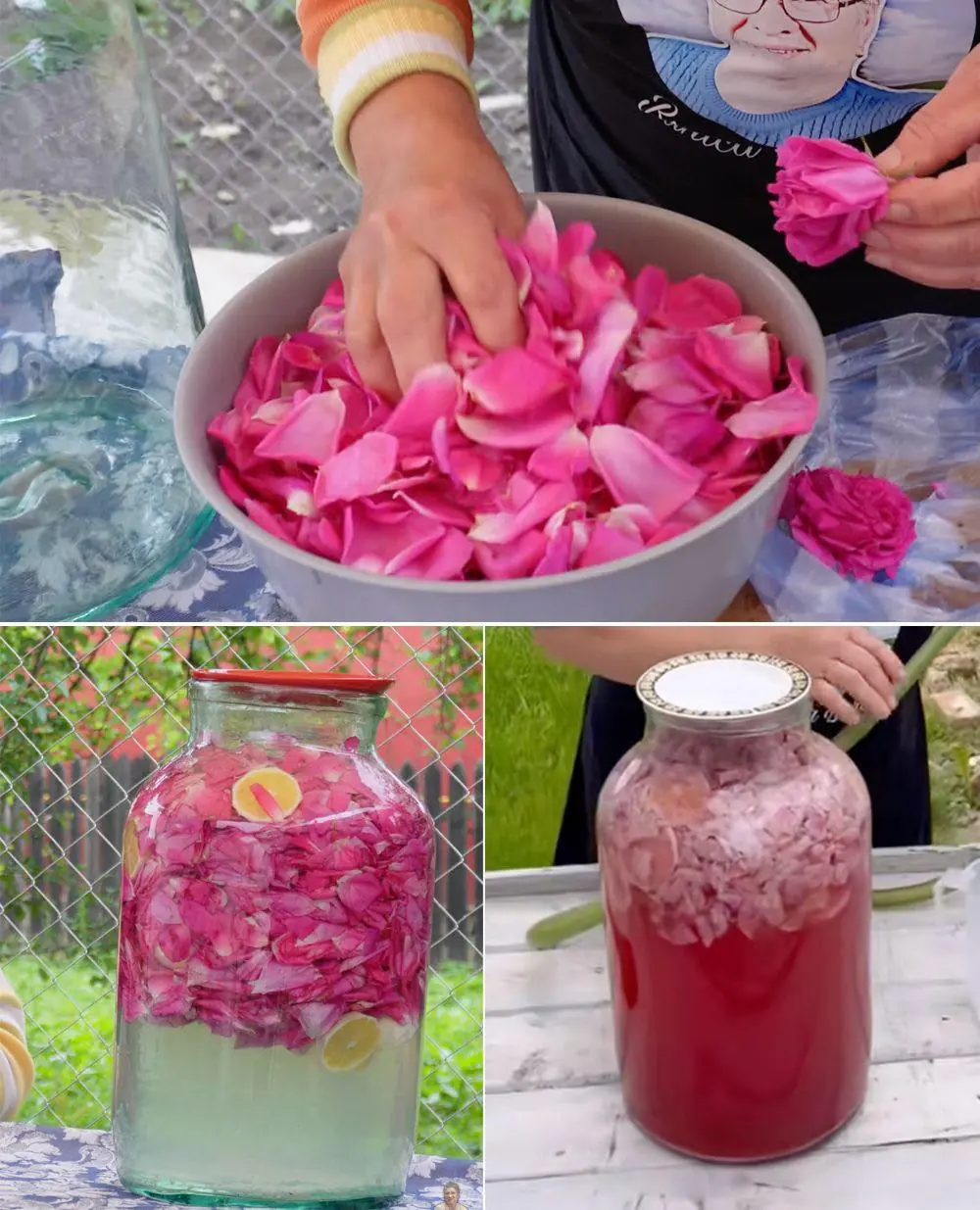
How to Make Rose Petal Lemonade – A Refreshing Homemade Drink
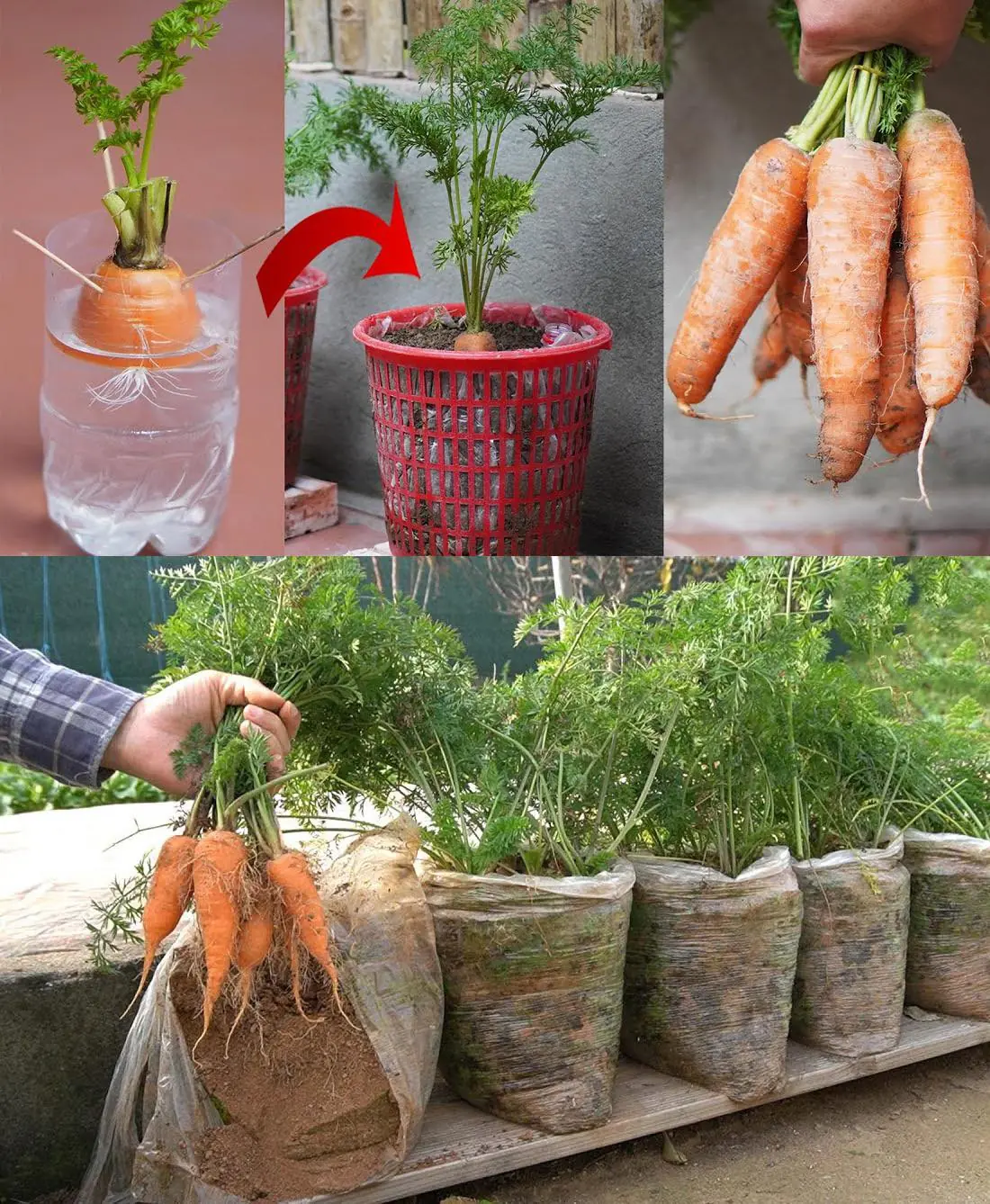
How to Grow Carrots at Home in Containers Starting with a Single Carrot
News Post

Do You Keep Waking Up at Night to Urinate? Here’s What It Could Mean

Can.cer Doesn’t Happen by Chance: 3 Foods That Quietly Fuel Malignant Cells

A 41-Year-Old Woman Discovers Sto.mach Can.cer from Digestive Symptoms Many People Often Overlook
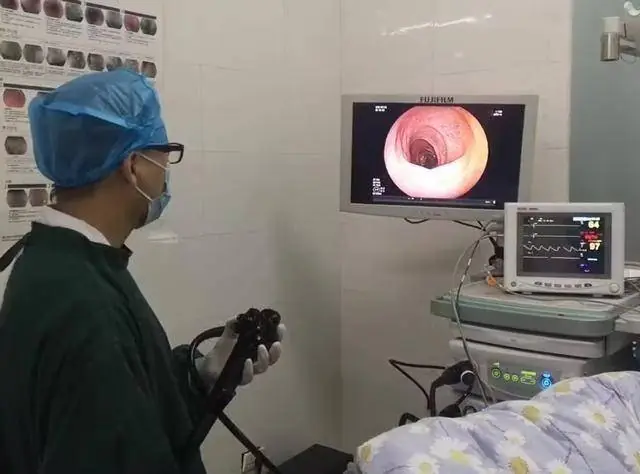
People with Colorectal Can.cer Often Share 4 Habits — Hopefully You Don’t Have Any of Them
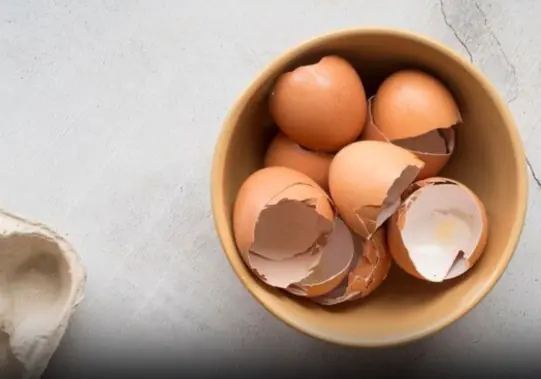
Put eggshells in a pan to dry roast, many great uses, save a lot of money

11 Reasons Why You Have Red Dots On Your Skin

The 5 Best Nutrients to Reduce Swelling in the Feet and Legs
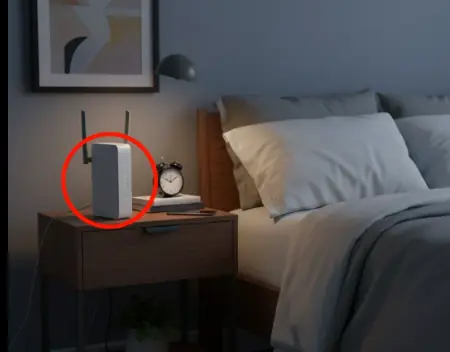
Indoor Air Quality: 6 Common Household Items That May Affect Your Lungs — And How to Use Them Safely
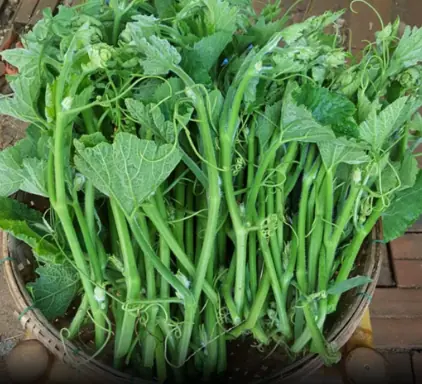
3 Vegetables That Support Cancer Prevention — Backed by Science

Leg Cramps at Night: Causes, Prevention & Treatment
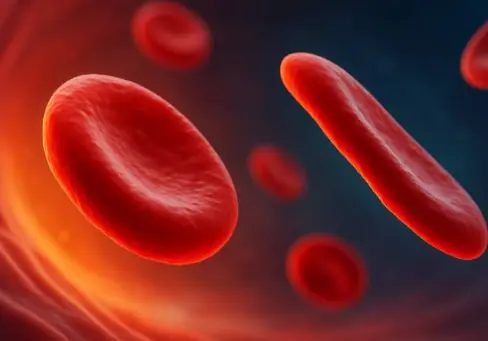
Proven Foods, Supplements and Vitamins That Act as Powerful Natural Blood Thinners

The Ten Foods You Should Start Eating Now to Cleanse Your Colon

5 Signs Your Lungs are Being Exposed to Mold

4 alarming symptoms of vitamin B12 deficiency you can’t ignore!

Why You Wake Up to Pee at Night (and How to Stop It for Good!)

3 Ways to Stop Acid Reflux Naturally
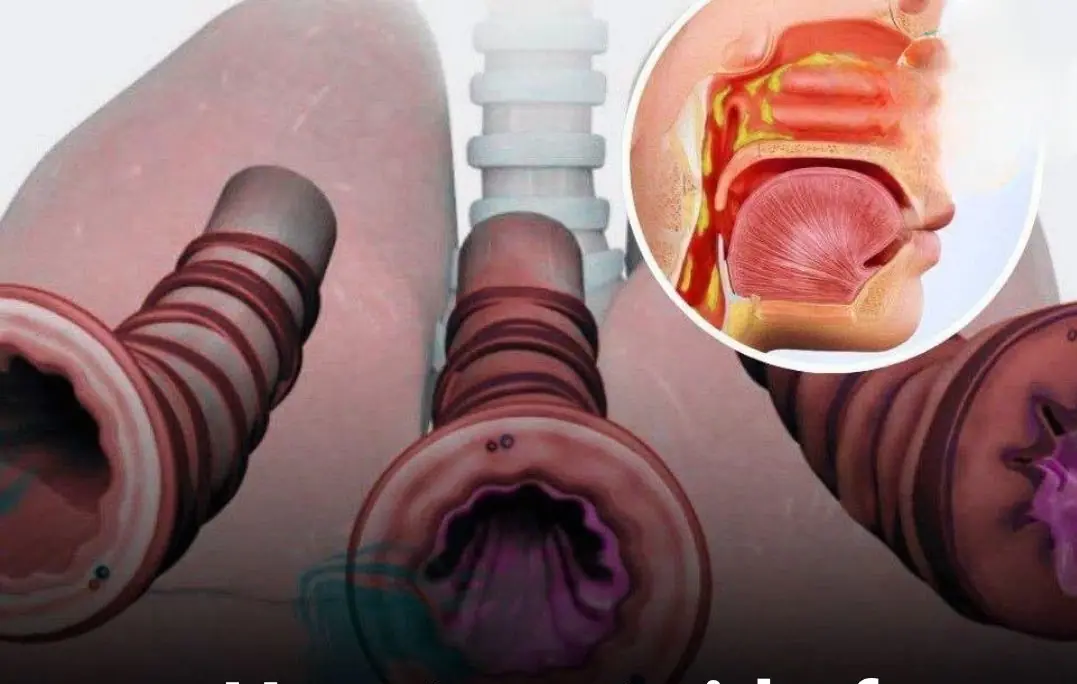
Thankfully, there are several things you can do at home to help clear mucus and breathe easier
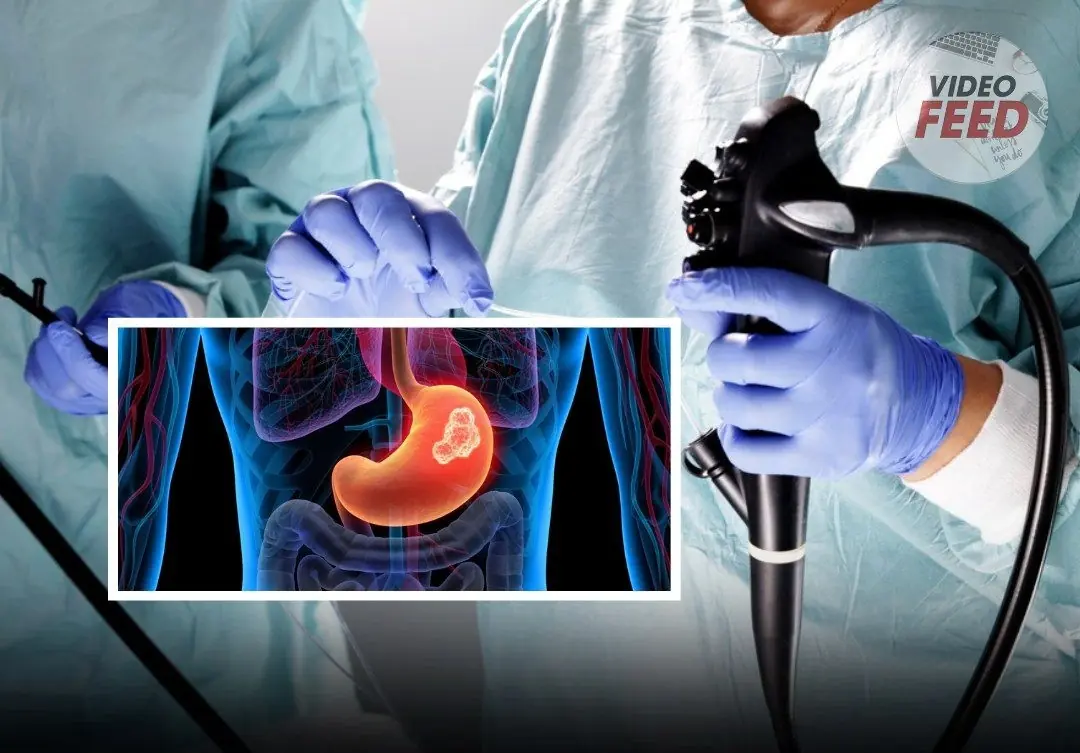
Most cases of stomach can:cer are detected too late.
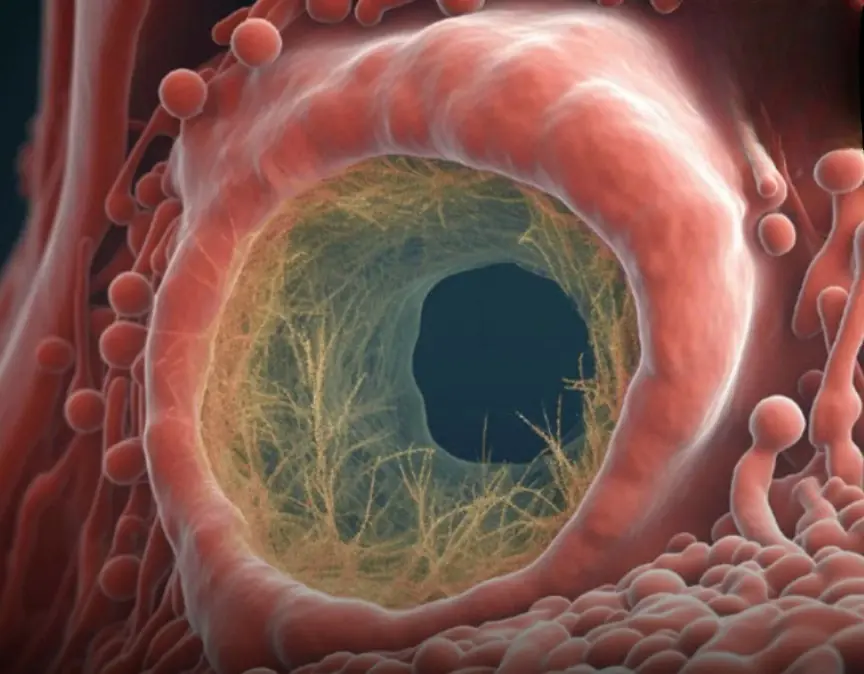
Intestinal polyps often show 4 signs when you go to the toilet — act before it reaches the final stage
